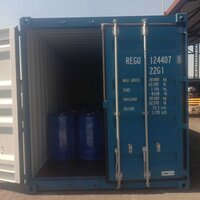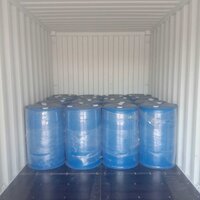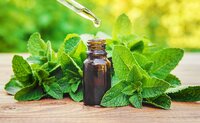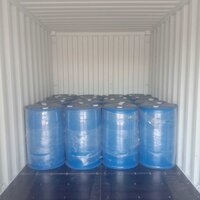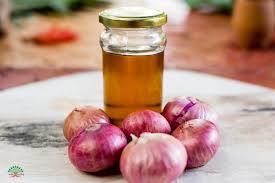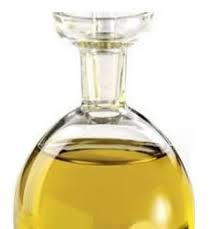





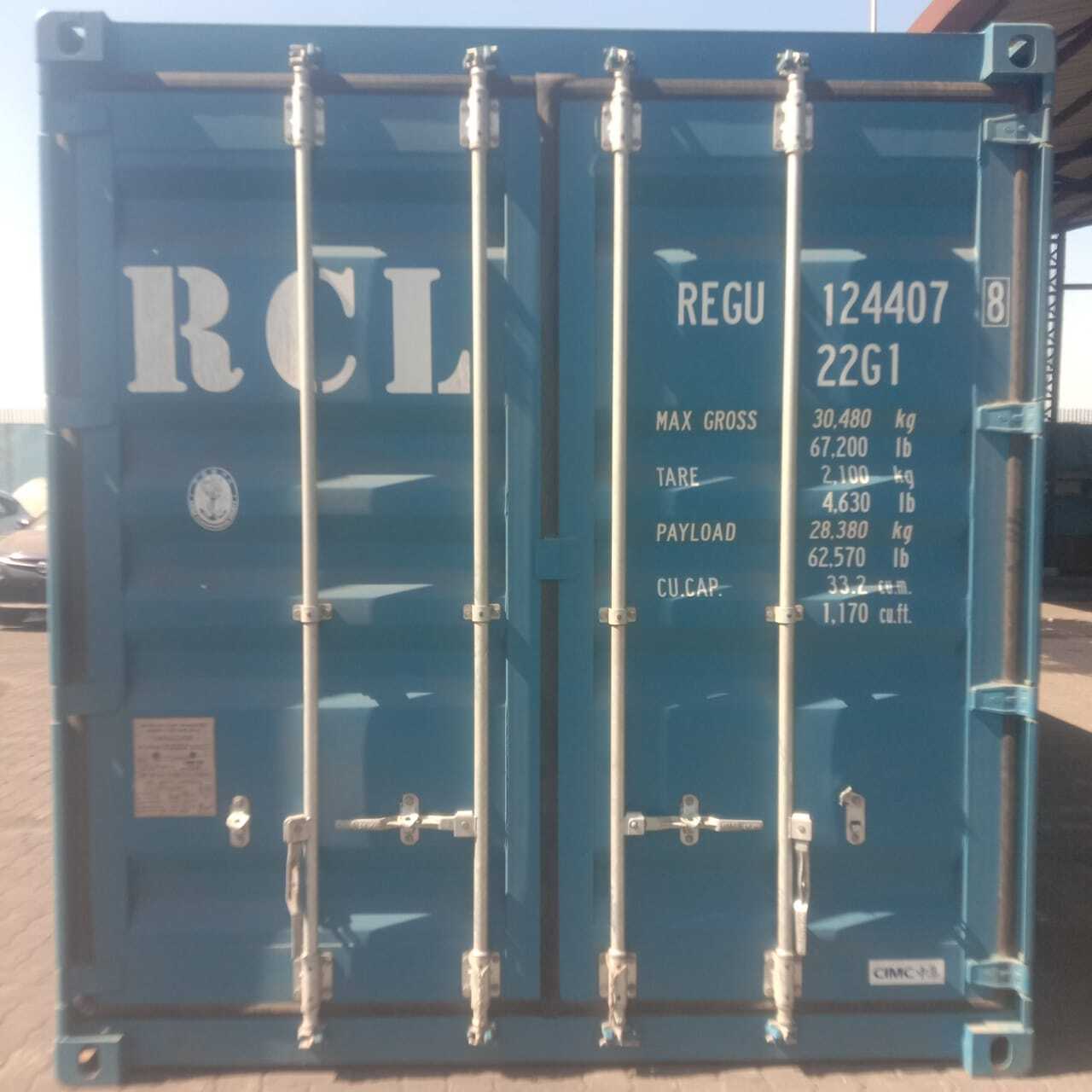


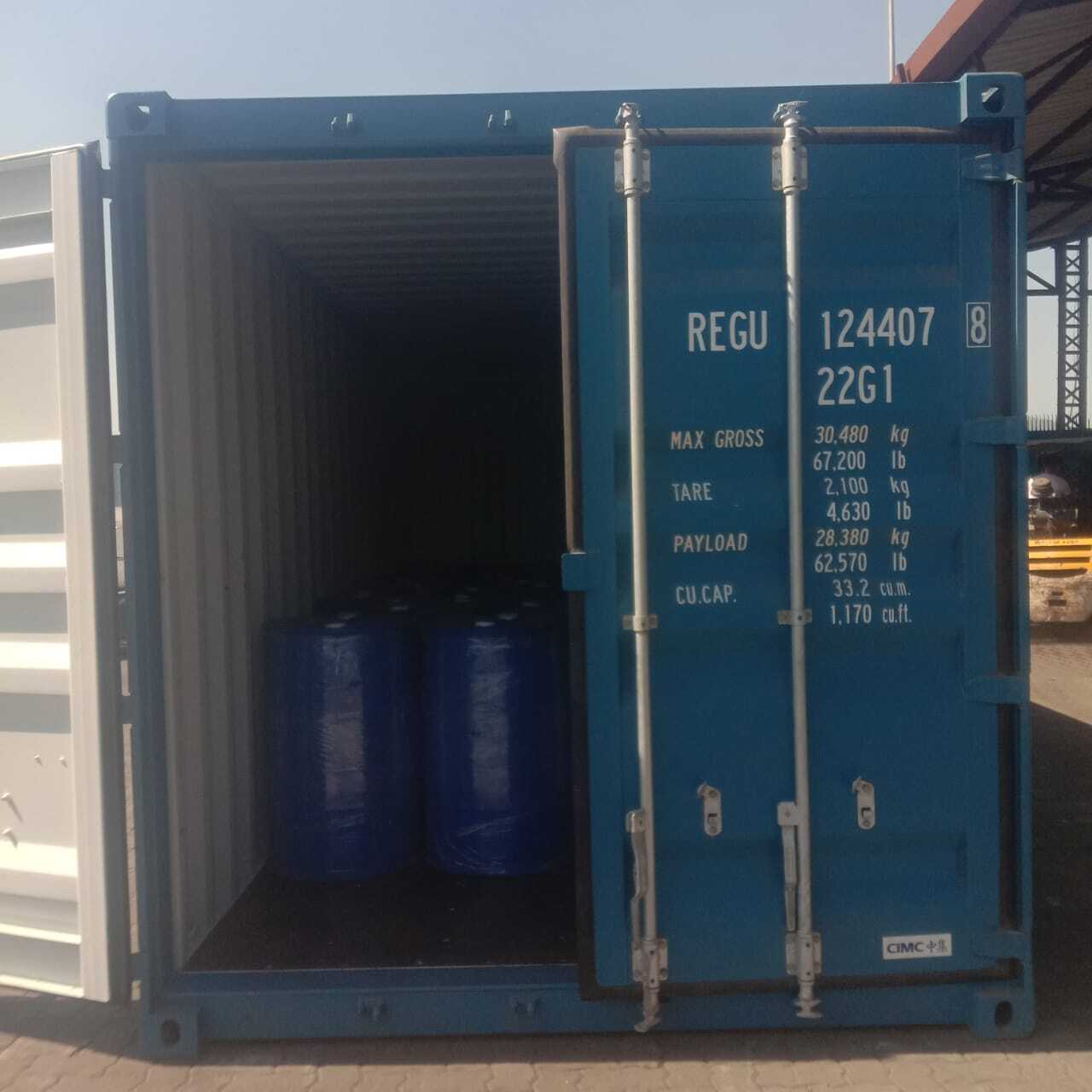






Peppermint oil
Product Details:
- Volume Kilogram(Kg)
- CAS No 68917-18-0
- Raw Material Leaves
- Odour: Strong and characteristic odour obtained from Mentha Arvensis
- Storage Store in Cool
- Purity 100% Pure and Natural
- Appearance A clear colourless to pale yellow liquid
- Click to View more
Peppermint oil Price And Quantity
- 1 Kilograms
- 13.50 - 16.00 USD ($)/Kilograms
Peppermint oil Product Specifications
- 68917-18-0
- Leaves
- Pure Essential Oils
- 2 Years Years
- 100% Pure and Natural
- A clear colourless to pale yellow liquid
- Strong and characteristic odour obtained from Mentha Arvensis
- Kilogram(Kg)
- Store in Cool
- Store in a cool dark place
Peppermint oil Trade Information
- Nhava Sheva Port
- Cash Advance (CA) Cash in Advance (CID) Letter of Credit at Sight (Sight L/C) Telegraphic Transfer (T/T) Letter of Credit (L/C)
- 50000 Kilograms Per Year
- 2 Days
- Yes
- Contact us for information regarding our sample policy
- 25 Gms Glass bottles 100 Gms, 250 Gms, 500 Gms, 1 Kg Aluminium bottles 5 Kg & 30 Kgs HDPE Cans
- Asia Australia Central America North America South America Eastern Europe Western Europe Middle East Africa
- All India
- ISO 9001 : 2015 Certified
Product Description
Peppermint oil has a penetrating odour. It is a colourless or pale yellow liquid. The main chemical component of Peppermint oil is Menthol. It is obtained by steam distillation of the flowering herb of Mentha Arvensis. Mentha Arvensis is a herbaceous perennial plant growing to 10-60 cm (rarely to 100 cm) tall. The leaves are in opposite pairs, simple, 2-6.5 cm long and 1-2 cm broad, hairy, and with a coarsely serrated margin. The flowers are pale purple (occasionally white or pink), in clusters on the stem, each flower 3-4 mm long.
Peppermint oil has a long tradition of medicinal use, with archaeological evidence placing its use at least as far back as ten thousand years ago. Peppermint oil can be used for cough, cold, ulcers, headaches, to increase local blood flow, to stimulate secretion of bile, for alimentary canal pains, in cholera and diarrhoea, nausea, vomiting, abdominal pain, to disguise the taste of unpalatable drugs, in raising internal heat, influenza, hysteria, rheumatism, neuralgia, lumbago, sea-sickness, puerperal fevers, dermatitis, scabies, burns, muscular pains, cramps, arthritis, migraines, insomnia, shock and mental fogginess, dental cures, to treat sinusitis, asthma, bronchitis, to fight bad breath, to treat oily scalps, to relieve stress, helps in digestion, improves dull and oily skin, in Irritable Bowel Syndrome and bloating. It helps combat itching and minor skin irritations, to treat dandruff and head lice. It is an anti-septic, stimulant, anaesthetic, antibacterial, carminative, stomachic, anti-spasmodic and disinfectant.
Peppermint oil is used in perfumes, scented products, foods, cosmetics, chewing gums, creams, balms, toners and lotions, liniments, tooth paste, shampoos and soaps. It is used as a hair conditioner, and widely used in aroma therapy. The oil is used in sprout control in Potatoes. It prevents the infestation of ants, aphids, plant lice and types of mice, gophers, moles, etc., it is a mosquitoe and flea repellant.
Other Products in 'Essential Oil' category
 |

 08045475305
08045475305

